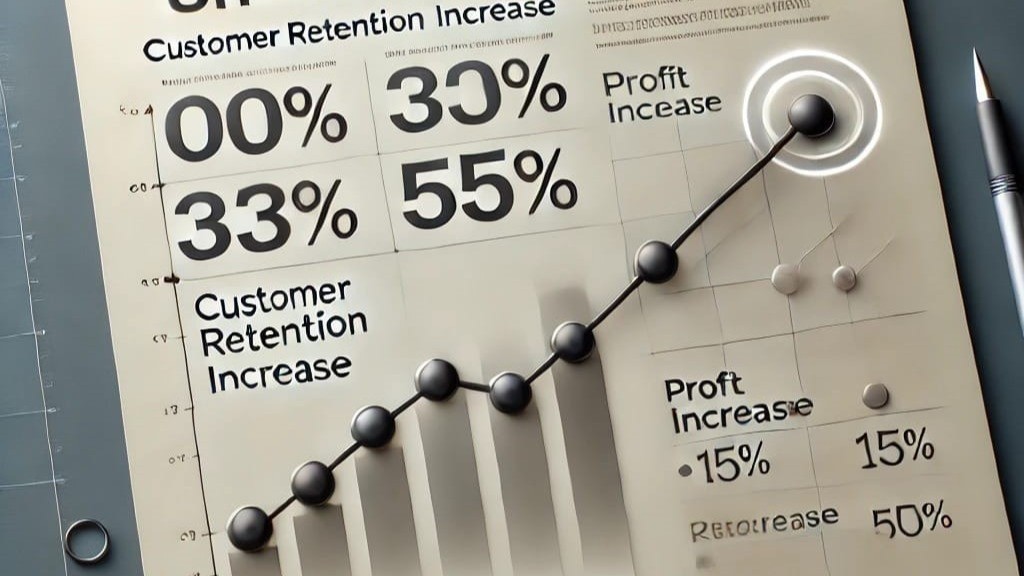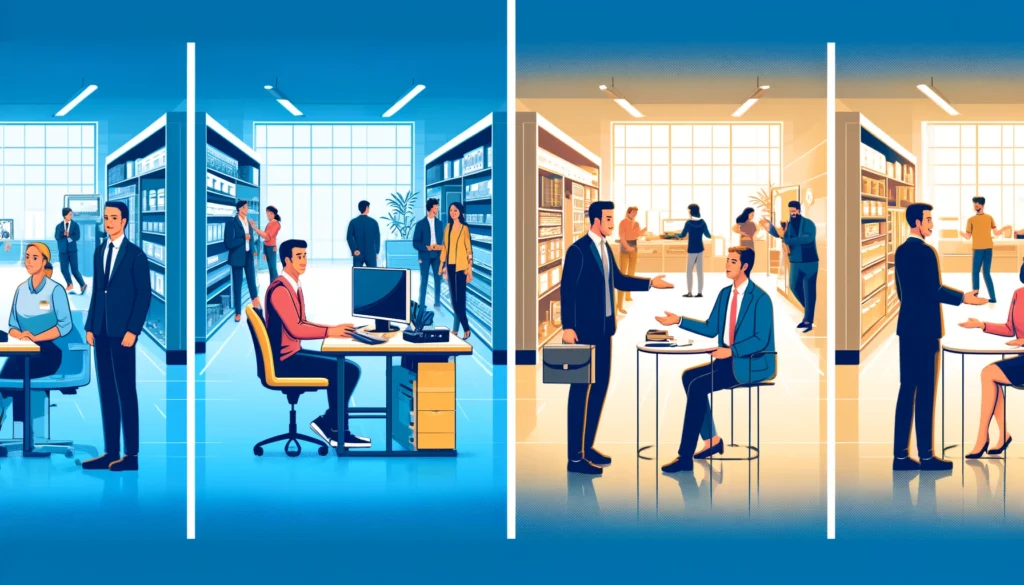Mastering Retention Marketing: Lessons from Starbucks

Customer retention is no longer optional—it’s essential. With a 5% increase in retention potentially boosting profits by over 25%, businesses must focus on nurturing loyalty. Among the numerous strategies for retention, Starbucks stands out as a leader in implementing effective, customer-centric approaches. Let’s explore nine key retention strategies with Starbucks as our prime example.
1. Personalized Experiences
Personalization lies at the heart of modern marketing. Starbucks excels by offering tailored offers based on purchase history and preferences. Their app sends time-sensitive deals like “Double Star Days,” encouraging customers to return promptly while reinforcing a personal connection.
2. Excellent Customer Service
Delivering exceptional service is a cornerstone of customer retention. Starbucks ensures positive experiences through well-trained staff, quick issue resolution, and follow-ups. Their app streamlines feedback and compensation, turning potential complaints into loyalty-building opportunities.
3. Loyalty Programs
The Starbucks Rewards program is a shining example of how to incentivize repeat business. Members earn stars with each purchase, redeemable for free items. The tiered rewards system motivates customers to increase spending, making the program addictive and rewarding.
4. Subscription Models
While Starbucks doesn’t use a traditional subscription model, its app mimics one by embedding itself into customers’ routines. With features like order-ahead and automatic payments, Starbucks fosters habitual engagement, ensuring customers remain loyal.
5. Engaging Content Marketing
Storytelling and community-building define Starbucks’ content strategy. Campaigns like #RedCupContest engage customers emotionally, encouraging them to share their Starbucks experiences online. This fosters loyalty and strengthens brand advocacy.
6. Email Marketing
Starbucks leverages email effectively, offering personalized rewards, event invites, and product announcements. Messages like birthday rewards or “Happy Hour” promotions keep customers engaged and feeling valued, driving both loyalty and sales.
7. Referral Programs
While Starbucks doesn’t heavily promote structured referral systems, its strong brand loyalty naturally generates organic referrals. For other businesses, incentivizing referrals with discounts or perks can be a powerful retention strategy.
8. Churn Prevention
Starbucks uses data to identify at-risk customers and re-engage them with exclusive offers. This proactive approach reduces churn and reinforces customer loyalty by making them feel valued and missed.
9. Great Onboarding Processes
The Starbucks app simplifies the onboarding process with intuitive features, tutorials, and seamless rewards integration. A smooth introduction helps customers quickly see value, boosting satisfaction and retention.
Why Starbucks Excels
Starbucks succeeds because it integrates all these strategies into a cohesive, customer-first approach. For example:
Mobile Integration: The Starbucks app combines rewards tracking, order-ahead features, and personalized notifications for convenience and engagement.
Emotional Connection: Through campaigns, UGC, and social media interactions, Starbucks creates a sense of community and shared values.
Consistent Innovation: Regular updates to their app, menu, and marketing keep Starbucks ahead of the curve.
Key Outcomes
Increased Spend: Loyalty members spend significantly more than non-members.
Community Engagement: Social media and in-store interactions foster strong emotional ties with the brand.
The Takeaway
Retention marketing is about more than keeping customers; it’s about creating ambassadors for your brand. By personalizing experiences, offering convenience, and fostering emotional connections—just like Starbucks—businesses can build lasting loyalty, drive repeat purchases, and secure sustainable growth.






Responses